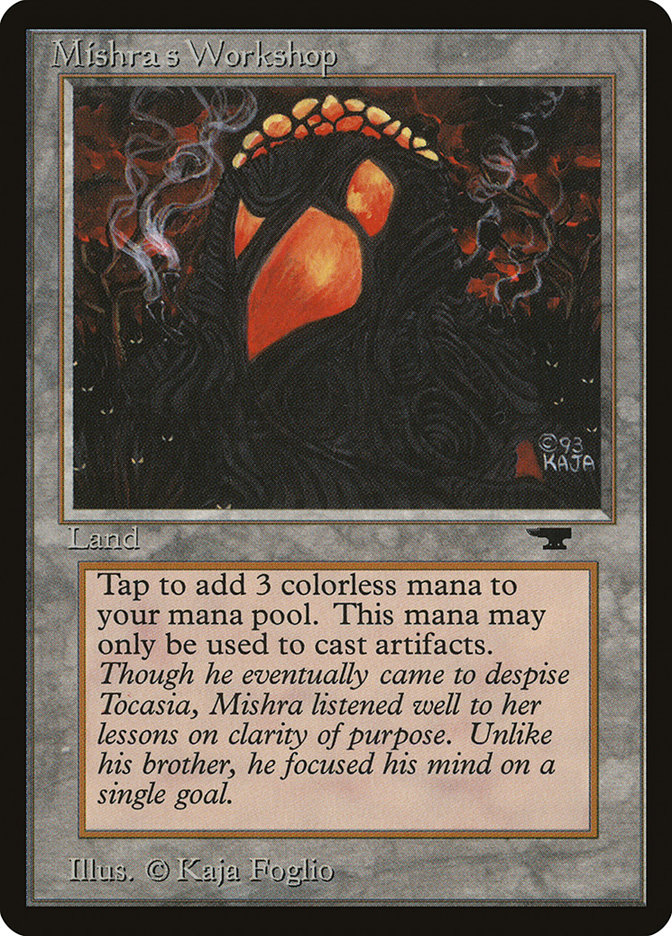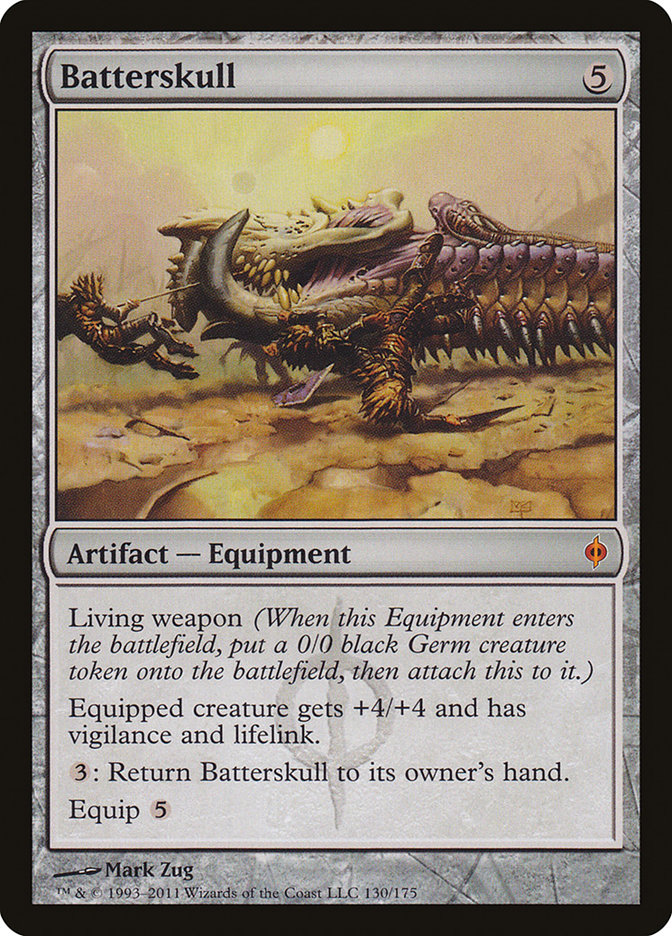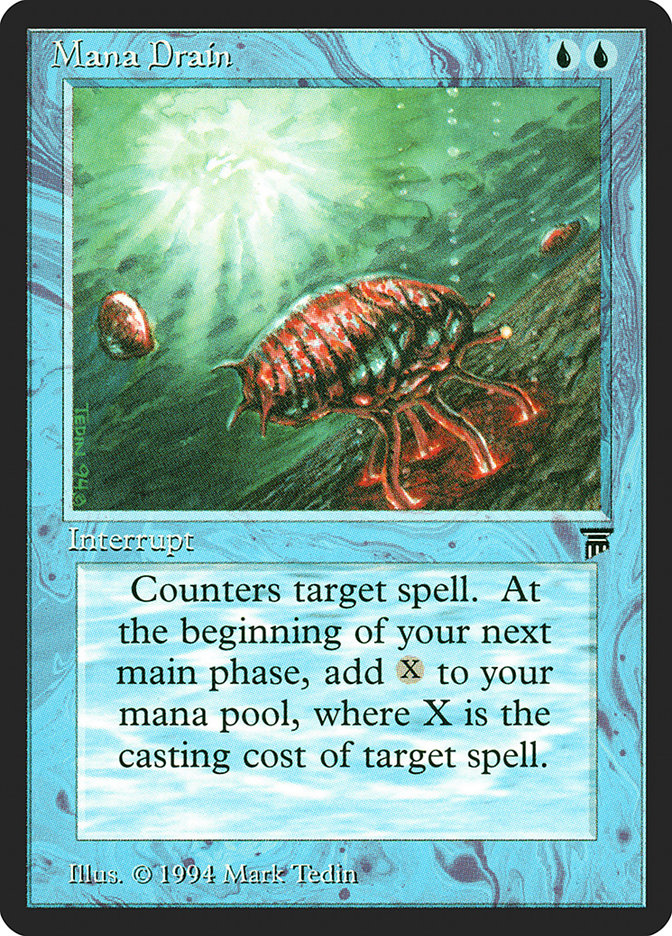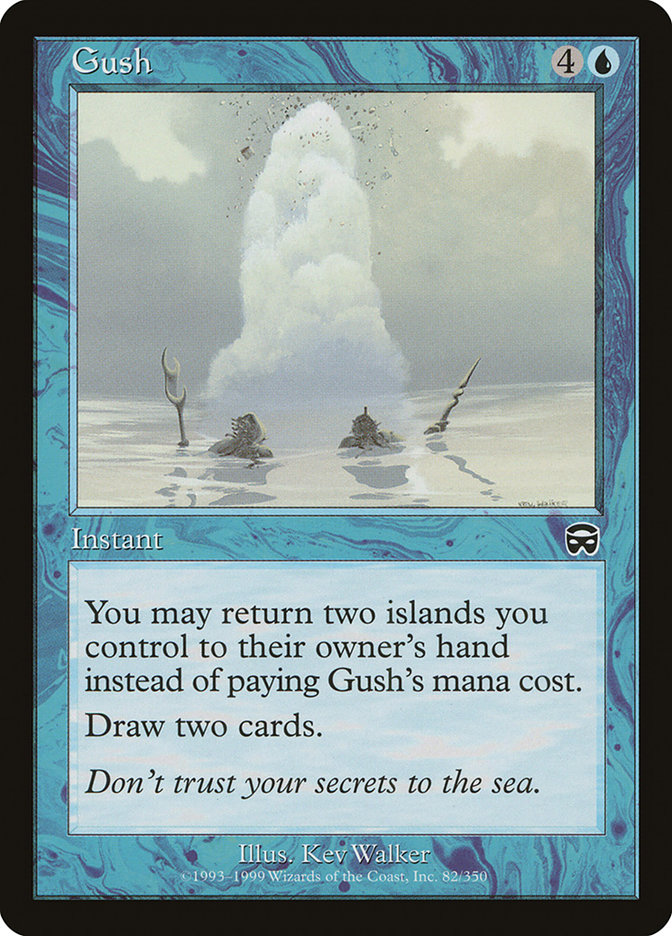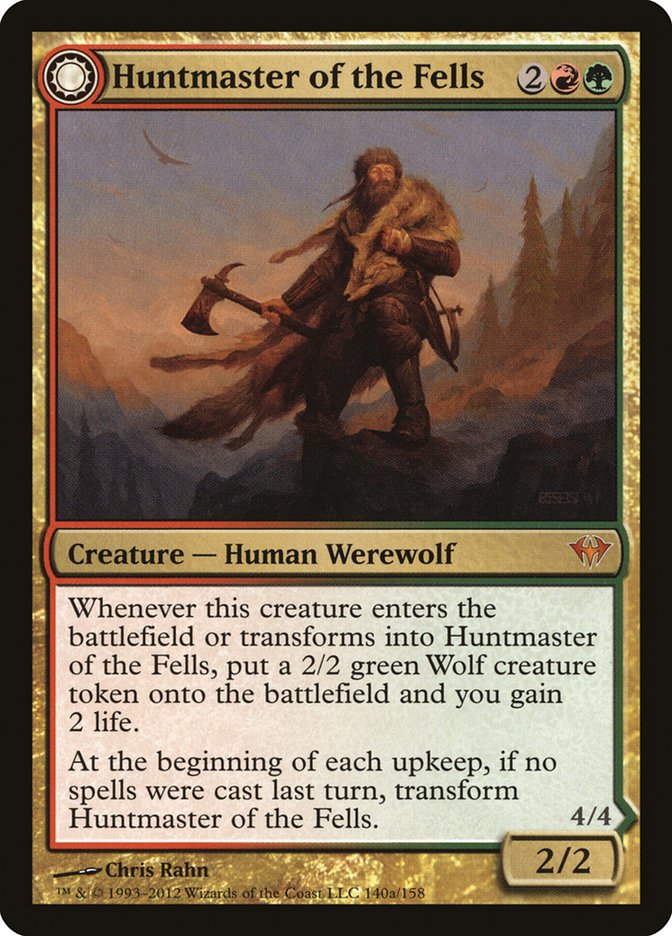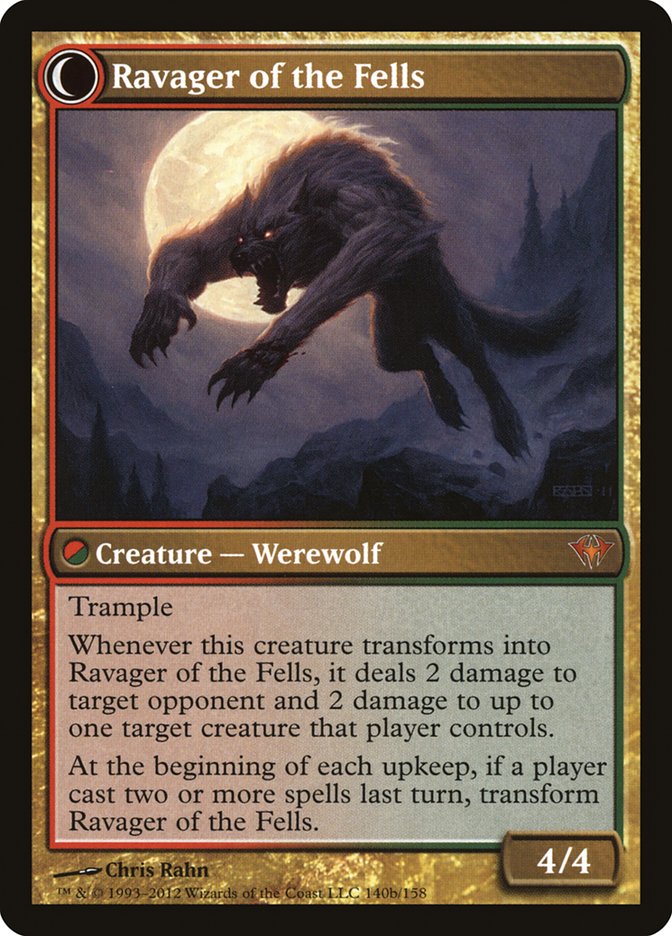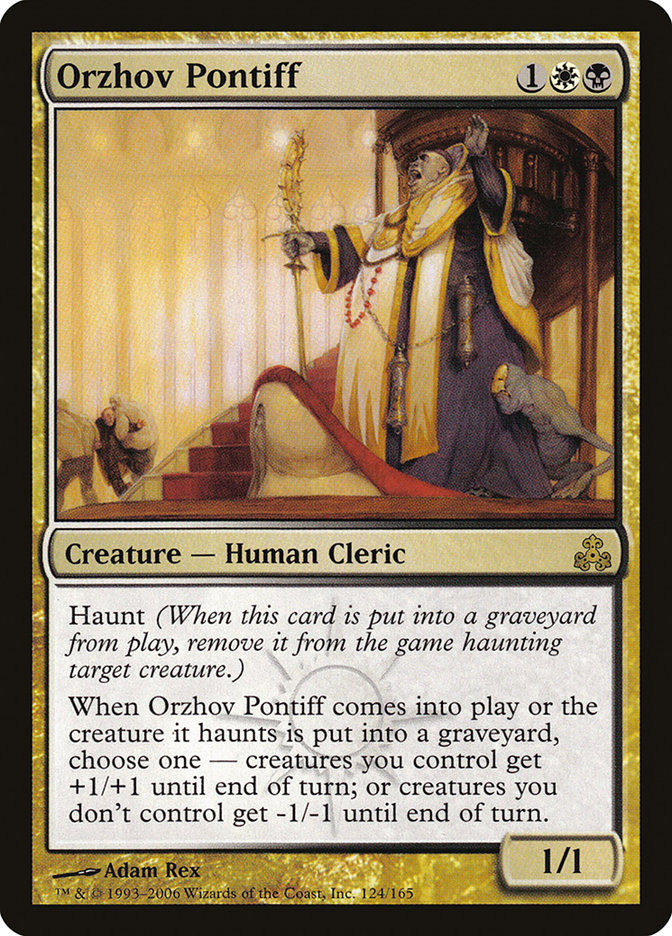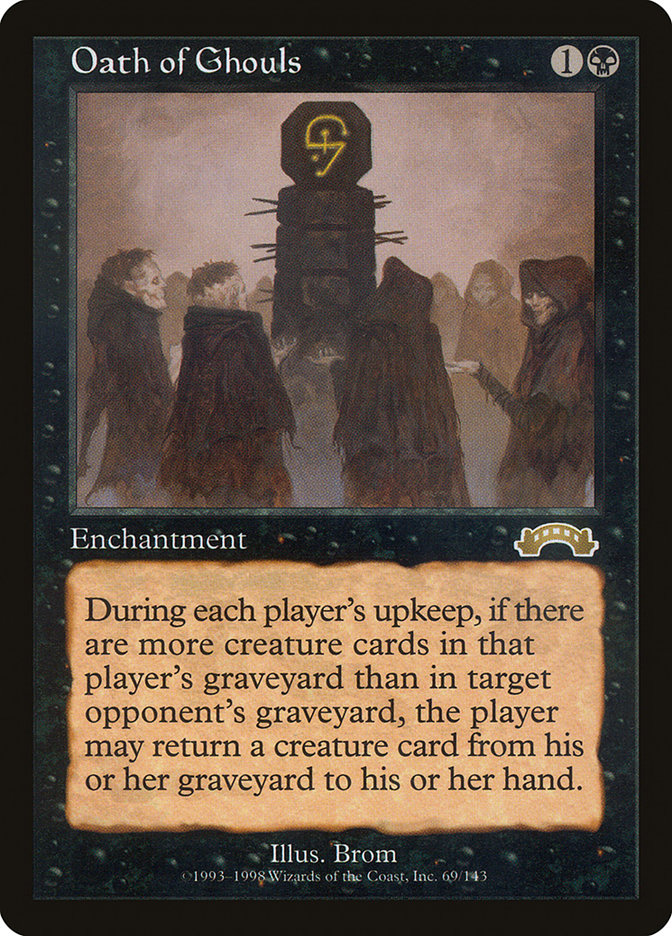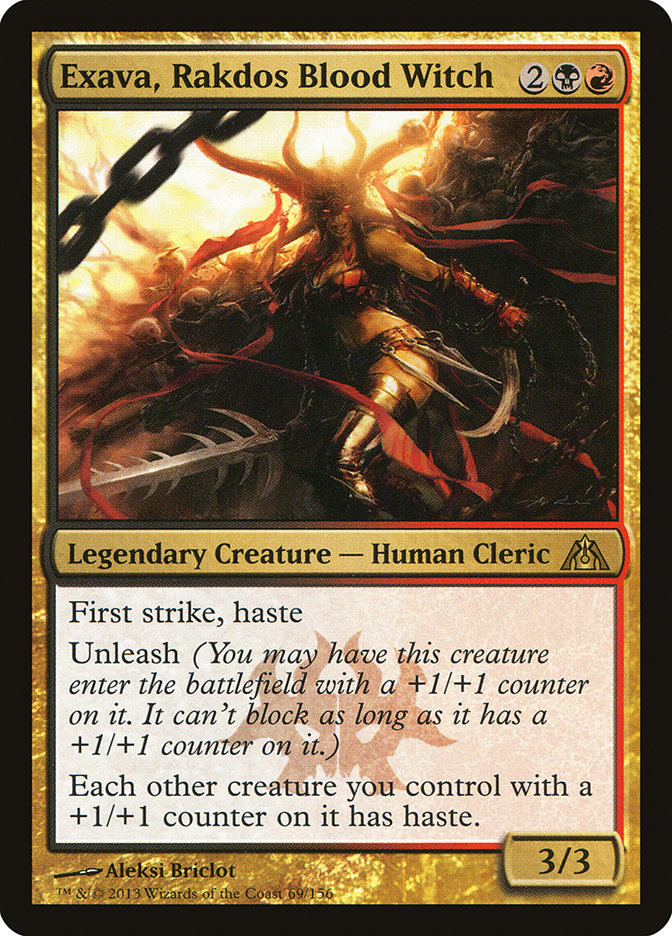Hello and welcome back! Today I will once again be discussing the Vintage metagame and what one might expect moving forward, but this time it will be in light of the recent results from Gen Con 2013.
In the past, this week’s article would be a discussion of a new Vintage World Champion being crowned and a painting being won at Gen Con. However, this year the Vintage World Championship tournament was moved from Gen Con to Philadelphia later this fall. Despite no Vintage Championship, Gen Con has a strong tradition of competitive Vintage play dating back nearly two decades, and this year’s event didn’t disappoint.
One of the cool things about Vintage at Gen Con is that it draws players not only from all around the United States but from all around the world. Usually Vintage tournaments tend to be regional, meaning that they are somewhat insular with the same players competing against each other month after month. Gen Con (and other big Vintage events, like Bazaar of Moxen and Vintage Championship) provides a remote location where players from different regions can travel and test their wares against players from other locations.
How often does one see a Vintage event where Mike Solymossy, Gilberto Rivera, Nat Moes, Jesse Martin, Jerry Yang, and Mark Lanigra are all competing? Not but once or twice a year at the most!
So in spite of there being no trophy, no painting, and no World Championship on the line last weekend, the level of competition, quality of players, and significance of the event was still very high indeed.
With the Championship not at Gen Con this year, I opted not to attend, but I for sure missed being at the event as I read Tweet after Tweet about how much fun the Vintage guys were having battling with their Black Lotuses and kicking it all weekend long.
Let’s take a look at how the Vintage metagame shook out once all the dust had settled. Here is the Top 8 by standing after the Swiss rounds:
1. Adrian Becker: Affinity Workshops
2. Anthony Michaels: Terranova Workshops
3. Jordi Amat Puig: Forgemaster Workshops
4. Marc Lanigra: Grixis Control
5. Steven Stierman: Humans
6. Jason Jaco: Tezzeret Oath
7. Sam Krohlow: Doomsday
8. Mike Solymossy: Doomsday
Gen Con has turned into a real stomping ground for Workshops to rise up and shine in the Swiss rounds, and this year was no different as Mishra’s Workshop held the top three spots after the Swiss rounds had concluded.
In tournaments where multiple different regional metagames are apt to merge, Workshops tends to be a very strong deck choice because it’s extremely proactive and inherently powerful. The burden of answering the outright power of consistently casting four-drop lock pieces on the first turn always lies on the opposition.
In this tournament, we see three very different Workshop decks piloted by good players from different metagames all rise to the top of the heap. Jordi Amat Puig’s Forgemaster MUD deck eventually defeated Mike Solymossy’s Doomsday Combo in the finals to be crowned champion of the tournament.
There is something about Gen Con and Workshops.
Let’s take a look at those Workshop decks!
Creatures (17)
- 4 Metalworker
- 1 Sundering Titan
- 1 Duplicant
- 4 Lodestone Golem
- 2 Wurmcoil Engine
- 4 Kuldotha Forgemaster
- 1 Blightsteel Colossus
Lands (17)
Spells (26)

Creatures (8)
Lands (23)
Spells (29)

Creatures (29)
- 4 Arcbound Ravager
- 4 Arcbound Worker
- 3 Frogmite
- 4 Lodestone Golem
- 2 Steel Overseer
- 4 Memnite
- 4 Phyrexian Revoker
- 4 Signal Pest
Lands (13)
Spells (22)

Jordi’s Forgemaster MUD deck is really quite innovative and extremely powerful in the Workshop mirror match. He has maindeck Metalworkers and Staff of Nin, both of which generate maximum advantage in the two areas that matter most: mana advantage and card advantage.
Good luck going long and trying to win fair.
He also has three copies of Batterskull in the sideboard, which is tremendous game in the mirror match post-sideboard and against opposing creature decks, in addition to the Forgemasters and Wurmcoils that he is packing in the maindeck.
Another interesting thing to note about the Workshop lists that performed well is that none of them included Phyrexian Metamorph in the maindeck. In fact, only the Workshop Affinity deck is even playing Metamorph, and there are only two in the sideboard (probably for the Workshop mirror).
Metamorph, where art thou?
Metamorph not acting as a Bone Shredder to behead opposing legendary creatures appears to be such a huge deal that Workshop pilots have changed their opinion of the card from super clone to super clown and dropped the card from the deck.
After locking up three of the top five spots in the tournament after all was said and done and eventually winning the event outright, Workshops appear to have finally made a healthy surge forward! Congrats to the Jordi Amat Puig and to Mishra’s Workshop on taking down the Gen Con tournament.
Now let’s talk about the rest of the tournament.
Marc Lanigra (last year’s Vintage Champion) was the only player to take a controlling deck into the Top 8. Mana Drain has been having a heck of a summer, and I was half-surprised that the archetype didn’t make a stronger showing in the Top 8. I am however, not surprised that Marc played Mana Drains to a Top 8 finish in this event.
Drain, Drain, go away . . .
Lanigra is exactly the type of player who has the ability to tune a Drain deck for a mixed metagame and play it tightly enough to have a shot against the unknown. I got a chance to watch him play at the Championship last year and can attest to him being one of the stronger technical Vintage players in the world. Unfortunately, I couldn’t find his list online for this article, so I can’t include it here.
(Marc, if you get a chance to read this, please send me your decklist! I’d love to see what you played.)
My thought process behind why Mana Drain squashed the world all month long and then put up modest numbers at Gen Con is twofold.
First, I think Mana Drain control really thrives in small regional metagames where a player can better predict the field by virtue of playing against the same opponents over and over again. When players from all over the world come together with various decks and very different builds, it becomes extremely difficult to adequately predict what one needs to prepare against.
Secondly, I think that players came into this event knowing that Drains was the deck to beat and were prepared to beat up on Mana Drain decks as much as possible. I’m not at all surprised that the two best performing archetypes were combo and Workshop.
Let’s look at the combo decks.
Dark Ritual?! Is it really back?!
Creatures (1)
Lands (15)
Spells (44)
- 1 Sensei's Divining Top
- 1 Tendrils of Agony
- 1 Brainstorm
- 1 Fastbond
- 1 Vampiric Tutor
- 1 Mystical Tutor
- 1 Yawgmoth's Will
- 1 Duress
- 4 Force of Will
- 1 Demonic Tutor
- 1 Hurkyl's Recall
- 4 Doomsday
- 2 Dark Ritual
- 1 Ancestral Recall
- 1 Mana Crypt
- 4 Gush
- 1 Merchant Scroll
- 1 Black Lotus
- 1 Lotus Petal
- 1 Mox Emerald
- 1 Mox Jet
- 1 Mox Sapphire
- 1 Ponder
- 2 Thoughtseize
- 4 Preordain
- 2 Mental Misstep
- 1 Gitaxian Probe
- 2 Flusterstorm
Sideboard

The new combo pillar?
Well, if you mean Gush, then yes! Dark Ritual is back!
Gush has been absolutely everywhere and in everything over the course of the past month. I strongly suspect that one of the reasons that Workshop had such a strong showing last weekend is because of how popular Gush has become in the midst of the prevailing Mana Drain metagame.
Gush also pairs really well with Doomsday since it is a free spell that will put two of the cards you want from the Doomsday pile right into your hand (probably some combination of Black Lotus, Gush, and Fastbond).
Show me some good cards and I’m sure we can find a way to get four Gushes in there somehow.
The card and strategy of Gush is simply really, really good against opposing control decks. While it might be intrinsically weak against Workshop decks, what the strategy lacks in this department it more than makes up against being good against Mana Drain (the deck that has been absolutely dominating Vintage for the past two months).
Good tech from about seven years ago.
I love the Xantid Swarms out of the sideboard of the Doomsday decks. It is unlikely that an opponent is going to have the versatility to answer your powerful threats and 1CC creatures with a single hand, and when making risky plays (like going all in on Doomsday), it is super nice to know that an opponent won’t be able to double Lightning Bolt your Laboratory Maniac or Extirpate.
And last but certainly not least, we have the four-color Humans deck, rounding out the Top 8 with an aggro deck.
And wow, is this deck wild!
Creatures (26)
- 1 Imperial Recruiter
- 4 Dark Confidant
- 1 Orzhov Pontiff
- 1 Ingot Chewer
- 3 Noble Hierarch
- 2 Qasali Pridemage
- 1 Scavenging Ooze
- 3 Mayor of Avabruck
- 4 Thalia, Guardian of Thraben
- 1 Huntmaster of the Fells
- 4 Deathrite Shaman
- 1 Exava, Rakdos Blood Witch
Planeswalkers (1)
Lands (20)
Spells (13)

They said I was crazy.
They said I was insane.
They said it was impossible.
AND THEY WERE WRONG!
Called shot.
I got a ton of crap when I wrote that Huntmaster of the Fells was Vintage playable in my Dark Ascension set review, and finally I have been proven right!
Thank you, Steven Stierman!
This deck is super disruptive and super aggressive. Cavern of Souls basically provides the deck with an endless stream of uncounterable annoying creatures with which to pound your opponents into the ground.
Aside from Huntmaster of the Fells, the deck has a ton of other really interesting and cool card choices.
Who says Vintage can’t be a brew master’s paradise?
Anyone who doesn’t think Vintage has space for people to be creative and play innovative new strategies, I would love to see you explain this deck to me.
Congratulations to everyone who made Top 8! And to everyone that didn’t, I’m still jealous of you because I couldn’t make it to play Vintage and hang out.
I will, however, be in Philadelphia for the Vintage Championship and am very much looking forward to casting Black Lotus once again!
Thanks for reading.
Cheers,
Brian DeMars
Follow me on Twitter @Briandemars1

